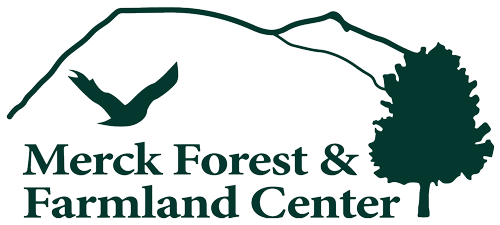
I visit Merck’s chicken coop several times a week, usually when I walk up to the farm to take pictures and see what the farm staff is up to. On Tuesday, I went up and snapped some shots of the growing chickens to use on our social media pages. I didn’t have much idea of how these images would be used. However, later, as I was sorting through several images of just-born chicks and the pullets now on pasture, it occurred to me that Merck’s chicken operation is right on target with our audience’s needs.
Let me explain.
I started working at Merck three falls ago as a three-month intern. At that point in time we had close to 40 chickens living in a close-quarters coop. It took a lot of time to maintain a comfortable standard of living for our free-range hens. The coop had to be moved to new pasture weekly, roughly 35 eggs (if we were lucky) had to be washed each day during the warmer months, the coop needed to be kept clean, and our customers happy with a steady supply of eggs.
It may not seem like a large operation (and in perspective with many other farms, it most certainly was not a big-scale project), but with apprentices moving through, teaching a variety of classes, and upkeep on the farm–it just was not profitable…Nor, was the reality of keeping upwards of four dozen birds something that appealed to many of our visitors.
We laid out the needs and goals of the farm and decide how those objectives reached our visitors before finally deciding to downsize to the small, stationary coop now in the Hardwood Barn.
The chickens are still allowed to roam through the grasses, but they do have a base that is easy for visitors to find and access. For visitors that are looking to raise their own poultry, the current set-up is much friendlier, much more authentic to the current ideals of small-scale sustainable farming.
Chances are that in the future the idea of an authentic farm may yet again change. We may increase or decrease the flock and change the hens’ residence. Part of having a good educational farm means that we are able to adapt to the needs of the land and of our of visitors–and in order to do that, of course, we always need your feedback.
To read more about small-scale poultry productions read these!
http://alloveralbany.com/archive/2010/11/10/changing-albanys-chicken-laws

Don’t authentic and sustainable go hand in hand? Since this is a sustainable land use farm/forest visitors should know the benefits of this type of farming and land use.